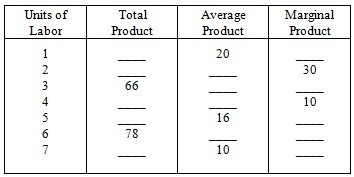Many college campuses use student ID cards as a way for students to pay for on-campus expenses, such as books, photocopies, and food. For convenience, some students will maintain a balance on their ID cards. Are these balances a means of payment? Are they a store of value? Explain why or why not.
What will be an ideal response?
The balances on the cards serve as both a means of payment and a store of value. Using the student ID card in this way is an example of a stored-value card, similar to a gift card for a store, or a card used to pay for public transportation. While these stored value cards are not included in the money supply, they are used as a means of payment and a store of value.
You might also like to view...
If there are steady decreases in aggregate supply, the economy will experience
A) a slow decrease in price levels. B) demand-side inflation. C) an expansionary gap. D) supply-side inflation.
If the Fed shifts to a more restrictive monetary policy in order to help control inflation, the policy shift will generally
a. stimulate aggregate demand and real output as soon as the policy is instituted. b. reduce aggregate demand immediately and quickly bring the inflation under control. c. reduce aggregate demand and help bring the inflation under control, but the primary effects may not be felt for several months (or quarters). d. lower real interest rates in the short run, but in the long run, real interest rates will rise.
Suppose chocolate-dipped strawberries are currently selling for $30 per dozen, but the equilibrium price of chocolate-dipped strawberries is $20 per dozen. We would expect a
a. shortage to exist and the market price of chocolate-dipped strawberries to increase. b. shortage to exist and the market price of chocolate-dipped strawberries to decrease. c. surplus to exist and the market price of chocolate-dipped strawberries to increase. d. surplus to exist and the market price of chocolate-dipped strawberries to decrease.
Fill out the table and answer the question below.  The marginal product of the fifth unit of labor is
The marginal product of the fifth unit of labor is
A. 10. B. 4. C. -2. D. 16.